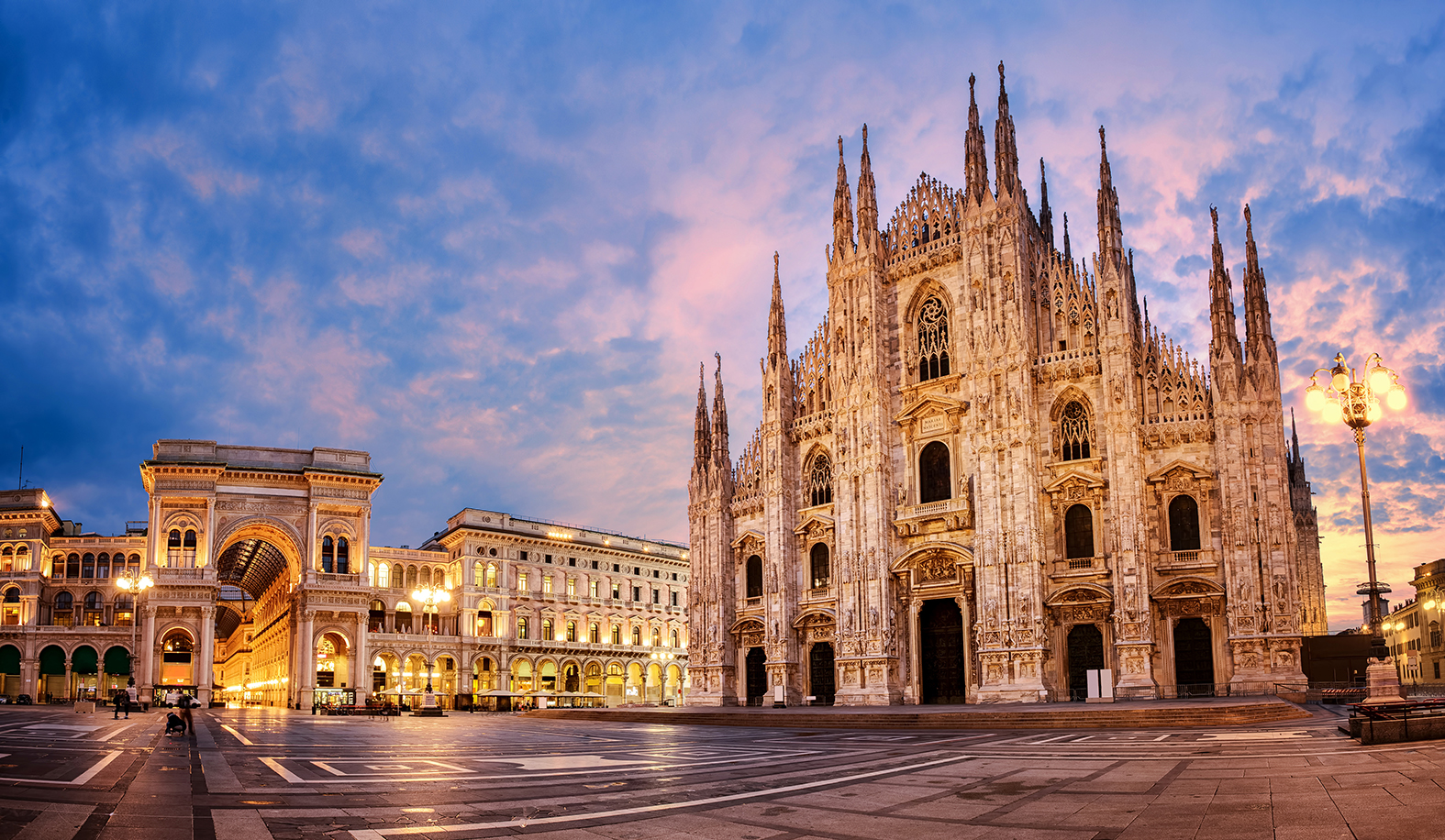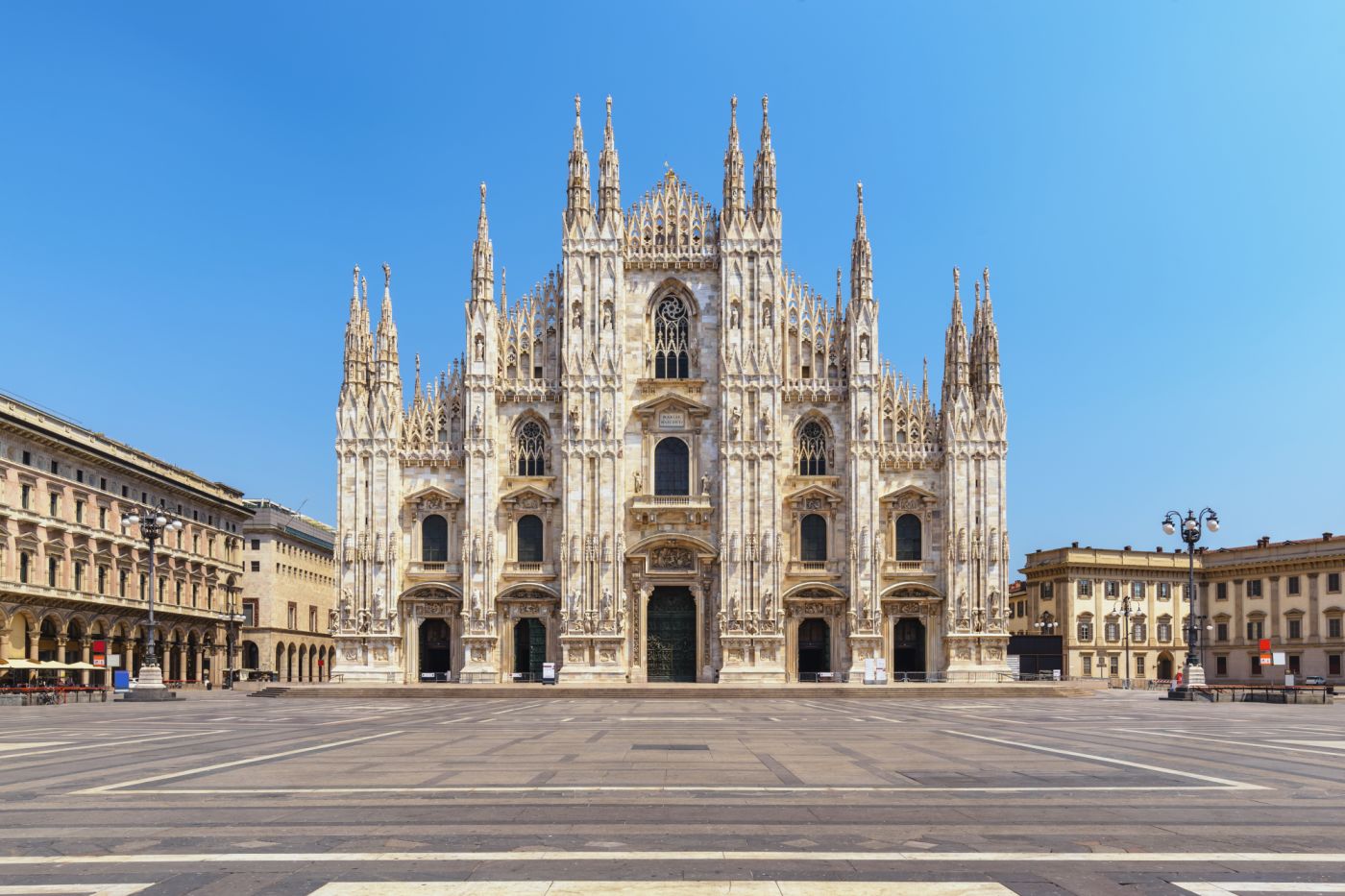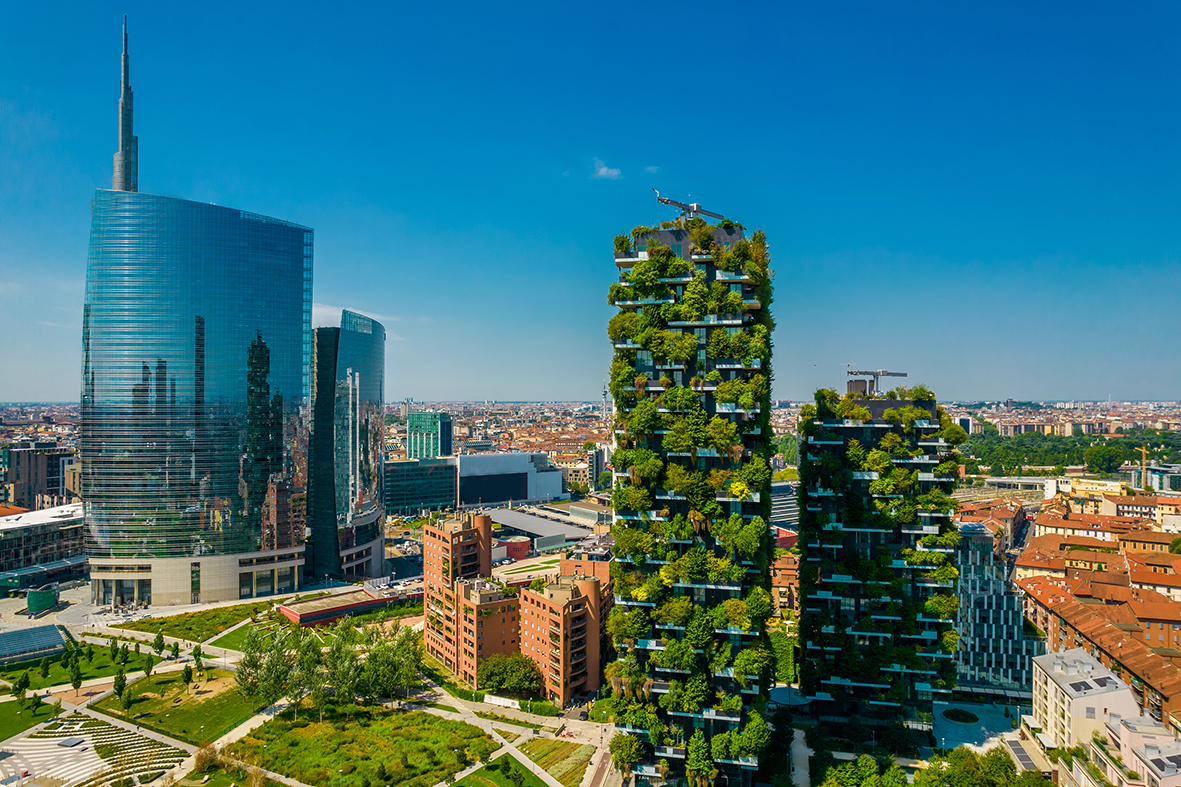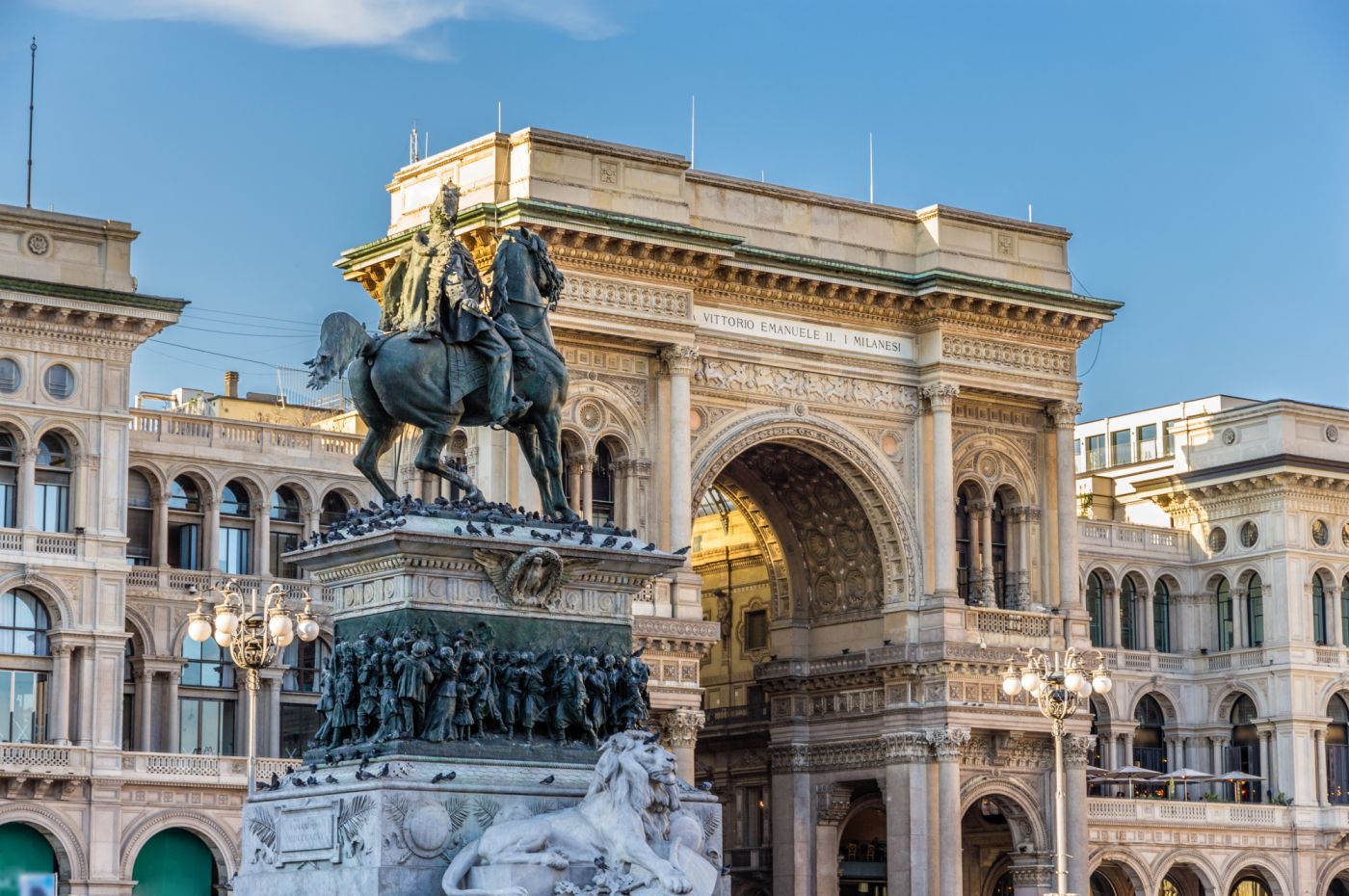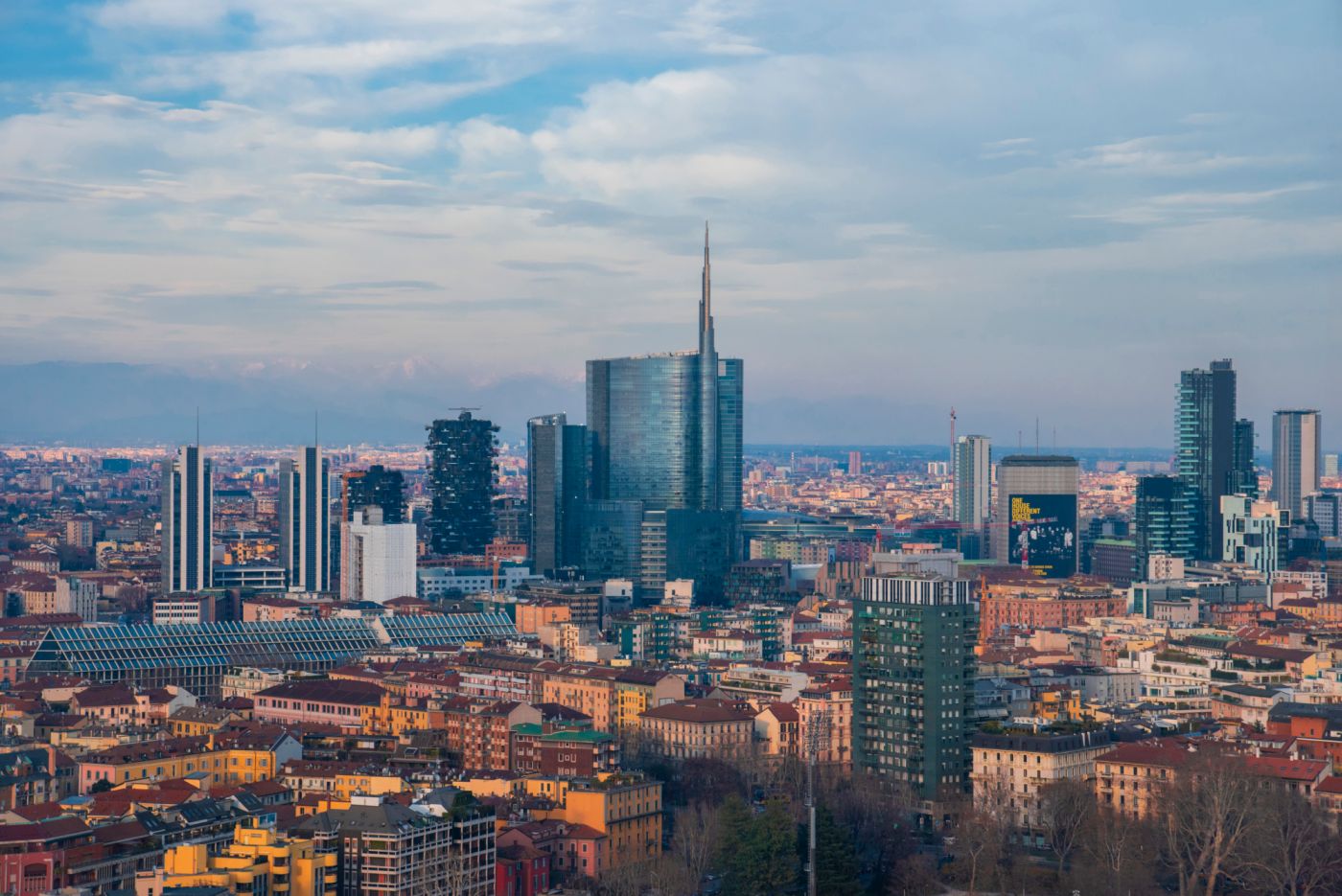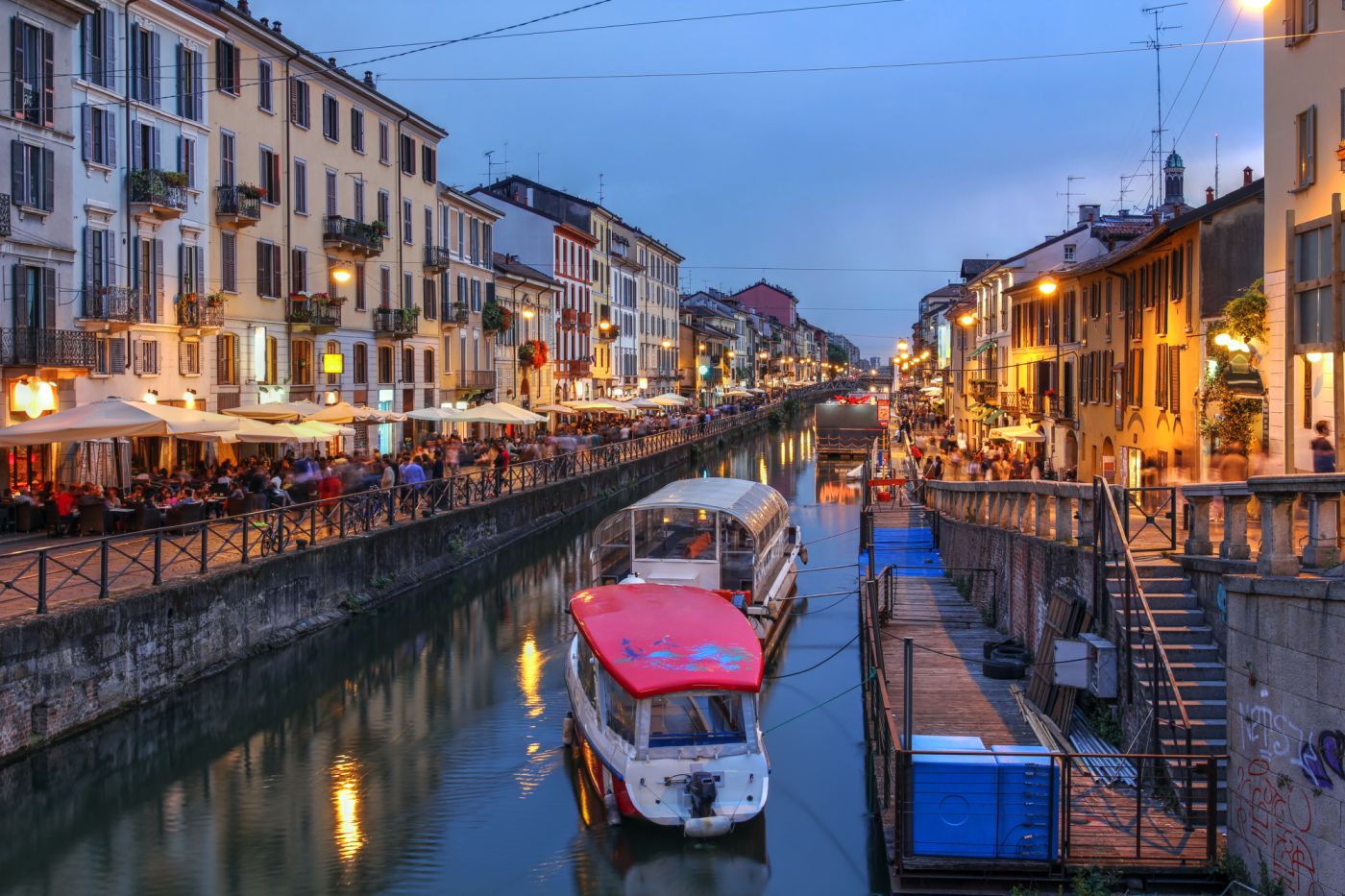Milano uncovered
Venture beyond Il Duomo and discover the diverse districts of magnificent Milan.
Photography by Italian National Tourist Board
23 June 2022
Australians are heading back to Italy in droves this European summer, but the way we’re travelling is changing. The slow and mindful travel trends are prompting travellers to swap whirlwind itineraries for extended, more immersive stays, and Milan offers a raft of districts to explore.
While for most travellers, a visit to Milan includes Il Duomo, Leonardo da Vinci’s Last Supper and a stroll through the luxury shops of Galleria Vittorio Emanuele II, there’s much more to discover in the areas surrounding the historic city centre of Lombardy’s captivating capital.
Navigli and Tortona
There is nothing more Milanese than a night out in Navigli, home to freshwater canals, Naviglio Grande and Naviglio Pavese, and a drawcard for young people enjoying lively aperitivos, sunsets – and Instagram snaps – by the waterfront quays and bridges.
Behind Porta Genova Station, the Tortona Design District is home to designers’ studios and fashion showrooms. The location for Milan’s annual Design Week (held in June), it is a magnet for the creative talent that flocks to the district from all over the world to join fellow designers, architects and creatives in a series of open bars, street parties, viewings, workshops and exhibitions.
Porta Noova and Corso Garibaldi
In complete contrast to Milan’s famed historic centre, Porta Nuova signifies its urban future. A brand-new district straddling the Brera and Isola neighbourhoods, this is where you’ll find new skyscrapers and international brands including Nike and Tesla in the Gae Aulenti Plaza – a surprising contrast to historical Milan.
But it’s not all a concrete jungle. Corso Garibaldi is one of Milan’s most characteristic streets full of traditional stores and culture, while The Milano Library of Trees is a flowery new urban park connecting Porta Nuova with Isola.
Looking for some action after dark? Stroll the Corso Como for a plethora of cafes, cocktail bars and clubs.
Isola
An alternative district favoured by free thinkers, Isola is separated from the rest of the city by railway tracks, and acts as an urban bridge between cultures old and new.
Until the 1970s, this was the domain of the burglars of the Ligera, the Milanese underworld, before transforming into a hangout for young artists and activists in the 1990s.
Following an impressive urban transformation and gentrification in the 2000s, Isola has been reborn as a neighbourhood of young creatives, hot trends, non-conformists and the eco-conscious, with quirky coffee shops, boutiques and moody jazz clubs to explore.
Porta Venezia
Ranked by London’s Time Out magazine as one of the 40 coolest neighbourhoods in the world, Porta Venezia is Milan’s rainbow district with a strong ethnic imprint. The queer epicentre of the city since the 1960s – and host of the annual June Pride Parade – it’s also home to the city’s Eritrean and Ethiopian communities.
This is where you’ll find multicultural food, eclectic shopping, culture and Milan’s first-ever public park, Giardini di Palestro, a fantastic place to spend a day discovering the Gallery of Modern Art, Museum of Natural History, Planetarium, kids’ carousel, outdoor chess board and bar.
Porta Romana and Scalo Romana
Porta Romana and the adjoining Piazzale Lodi area is one of Milan’s most popular and emerging neighbourhoods.
Favoured by a blend of middle-class professionals and college students from the nearby Bocconi University, IULM and NABA, the area has enjoyed a major facelift in recent years and will be home to the Olympic Village for the 2026 Winter Games at Scalo Romana.
Being Italy, there is of course a thriving food district with specialty eateries, wine bars, cafes and bookstores, as well as the fascinating Fondazione Prada, a vast cultural institution for contemporary visual arts.
Chinatown and Monumentale
Milano is one of the most culturally diverse cities in the world, and the city’s Chinatown is Europe’s largest after Paris.
Originating more than a century ago when the first Chinese families migrated to the area, Via Paolo Sarpi is the pedestrianised heart of Chinatown, which is lively day and night.
Lined with both Asian and Italian street food, Chinese restaurants and import shops, it’s a balance of cheap and chic and one of the most intriguing spots in Milan.
For an entirely different pace, the nearby Cimitero Monumentale is where the rich and famous seek eternal peace. An imposing neoclassical building at the entrance conceals wide white gravel paths leading to decadent tombs and mausoleums created for the Milanese bourgeoisie since the late 1800s.
Don’t miss the nearby ADI Design Museum, which charts the history of Italian design through the creations of the winners of the prestigious Compasso d’Oro Award – 250 award-winning products that have revolutionised everyday life.
NoLo
An up-and-comer not to be missed, the NoLo district (North of Loreto square) attracts Milan’s boho set. Dramatically transformed over the past ten years, this is now the neighbourhood of choice for an artsy crowd who appreciate its art galleries, vegan cafes, alternative cinemas, multicultural shops and one of the best covered markets in all of Milan, the Mercato Crespi.
Pedestrian-friendly, this district is made for exploring on foot, and highlights include the popular Piazza Arcobaleno and Piazza Morbegno.
MIND
Strategically located at the intersection of the Turin-Venice highway at the northwest of the city, MIND – Milano Innovation District is the new medical and scientific research hub being built on the site that hosted EXPO in 2015.
Once this gigantic urban redevelopment is completed in 2025, it will include the new Galeazzi hospital and science campus of the University of Milano and attract more than 60,000 people per day, including 18,000 STEM students and 5,000 biotech researchers.
Those keen to visit right now can enjoy the Experience Park, which hosts a diverse program of open-air concerts.
More information here.



